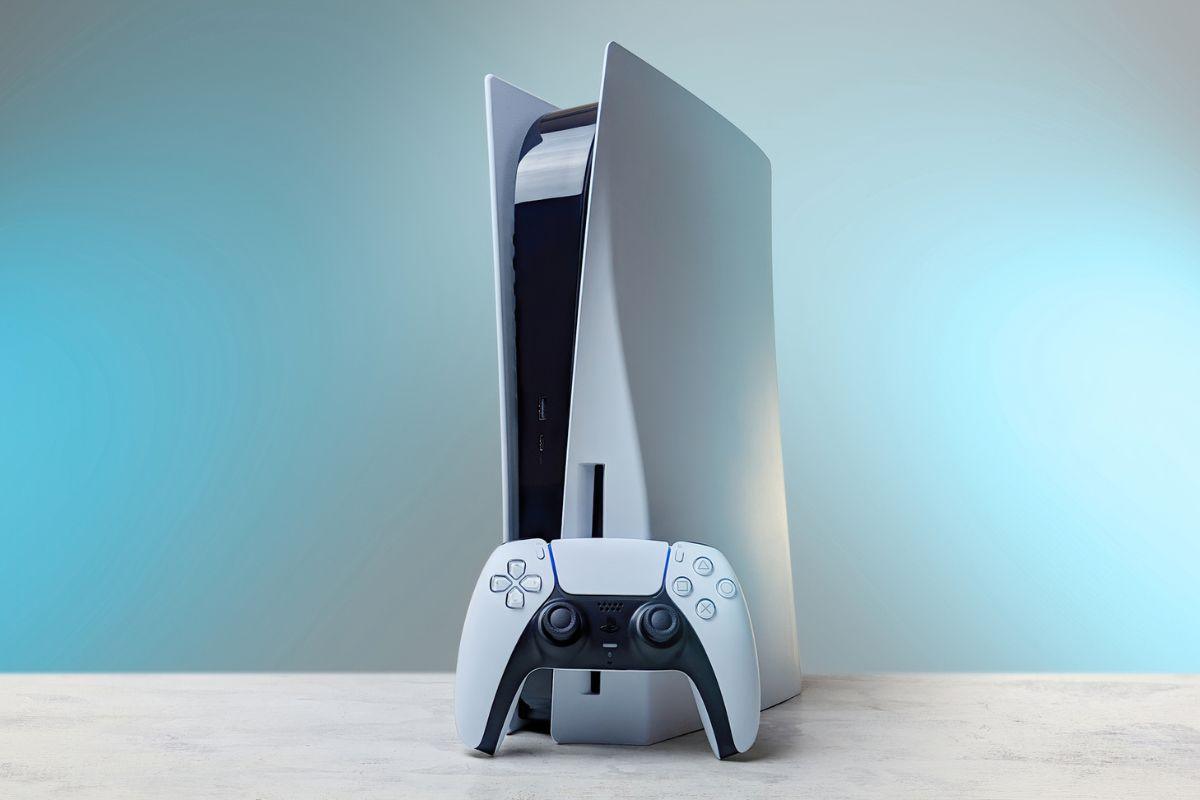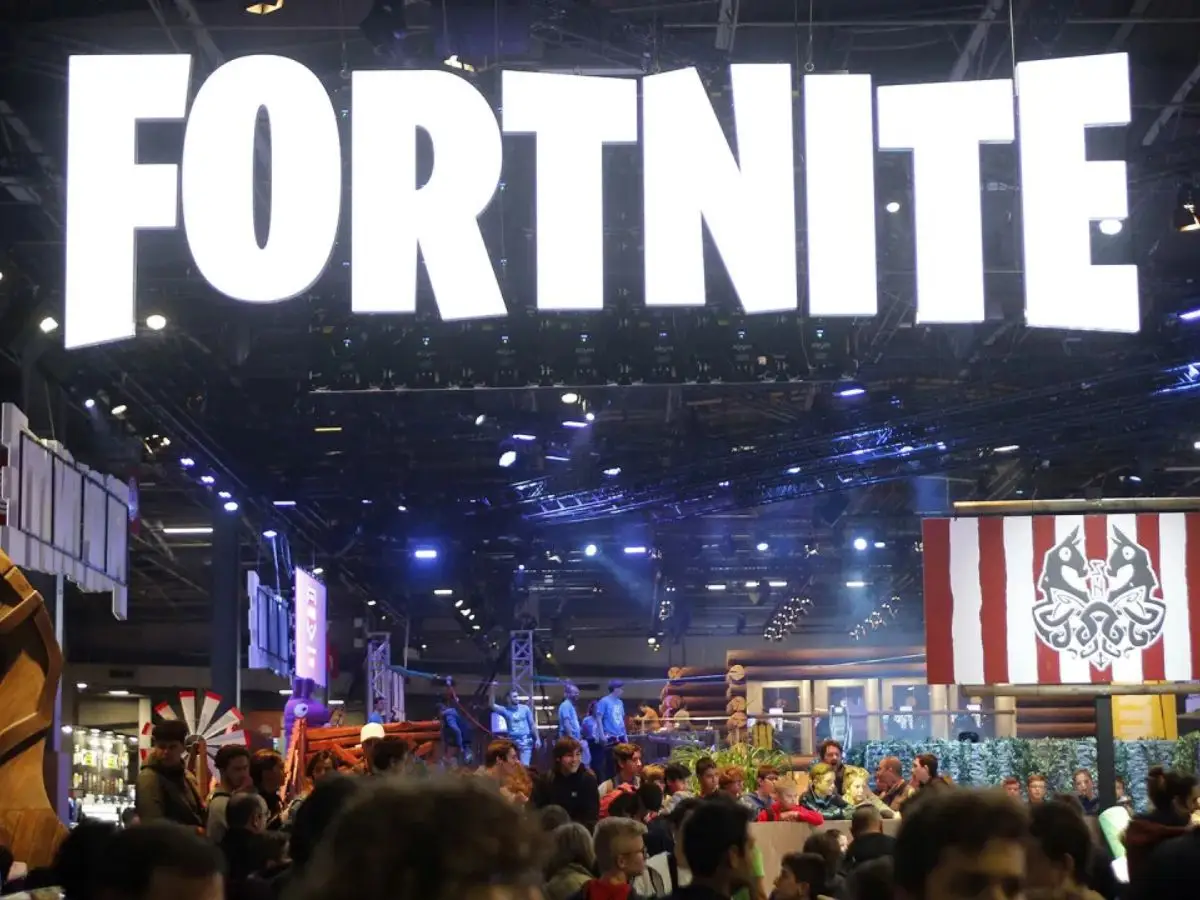Sony, a global entertainment technology leader, is once again at a crossroads as it deals with the financial strain caused by rising US tariffs.
The company recently announced that it is considering further price increases for its products, particularly the PlayStation 5 (PS5), in response to an expected 100 billion yen (£513 million) hit from US tariffs.
This development has far-reaching implications for the gaming industry and consumers worldwide, in addition to influencing Sony’s pricing strategy.
The Tariff Challenge and Its Immediate Impact on Sony
Sony’s latest financial disclosures revealed that the company expects a significant cost burden due to US tariffs, which have been levied on goods imported from China and other countries.
These tariffs are part of ongoing trade tensions and have forced Sony to evaluate how much of these additional costs can be absorbed internally versus passed on to consumers.
The company has already implemented a £40/€50 price hike on the PS5 digital edition in the UK, Europe, Australia, and New Zealand, marking the second price increase for the console generation in these markets.
In Japan, the PS5’s price rose by roughly £170 since its launch, reflecting the cumulative impact of inflation and tariffs. However, intriguingly, Sony has not yet raised prices in the US market, despite the tariffs originating there.
This discrepancy highlights the complexity of global supply chains and market-specific strategies.
Sony’s CFO, Hiroki Totoki, has indicated that the company is seriously considering shifting some PS5 manufacturing to the United States to mitigate tariff costs and streamline production logistics.
Strategic Manufacturing Shifts: A Potential Game-Changer
The prospect of relocating PS5 production to the US is a strategic move that could reshape Sony’s operational footprint. Manufacturing consoles domestically could reduce tariff exposure and potentially stabilize prices for American consumers.
Totoki emphasized that producing hardware locally “would be an efficient strategy” going forward, although no concrete decisions have been made yet.
This approach mirrors broader industry trends where companies like Nintendo have prioritized manufacturing in Vietnam to circumvent tariffs affecting Chinese-made goods.
Microsoft has also responded to tariffs by increasing prices on Xbox consoles, underscoring the widespread impact across the gaming sector.
Sony’s dominant position in the current console generation, especially with the PS5, provides some leverage in pricing decisions.
Unlike competitors who may struggle to absorb tariff-related costs, Sony’s strong market share allows it to consider passing costs onto consumers without immediately risking significant loss of market share.
However, this strategy carries risks, as price hikes can dampen demand, particularly in price-sensitive markets.
Interestingly, Sony might also explore raising prices on other electronics to subsidize the PS5, allowing it to maintain competitive pricing for its flagship console.
This cross-subsidization could help Sony sustain its gaming segment’s profitability amid tariff pressures.
Broader Industry Implications and Consumer Impact
The tariff-induced price increases are not isolated to Sony. The entire gaming industry faces uncertainty, with Nintendo’s upcoming Switch 2 also potentially subject to price hikes.

The US government’s recent decision to delay the full enforcement of tariffs for 90 days has introduced some short-term relief but underscores the volatile environment manufacturers must navigate.
For consumers, these developments mean that gaming hardware could become increasingly expensive, especially in international markets.
The PS5’s price rise in Europe and Oceania is a tangible example, and similar adjustments may follow elsewhere if tariffs persist or escalate.
This trend could influence purchasing decisions, potentially slowing the adoption rate of new consoles and accessories.
Financial outlook amid Tariff Pressures
Despite the tariff challenges, Sony’s financial outlook remains cautiously optimistic. The company forecasts a slight operating profit increase to 1.28 trillion yen ($8.7 billion) for the fiscal year ending March 2026, factoring in the tariff impact.
This projection is essentially flat compared to the previous year and falls short of some analyst expectations, reflecting the dampening effect of tariffs on profitability.
Sony’s recent quarterly results showed a 38% decline in PS5 sales compared to the previous year, alongside a 12.5% drop in gaming segment operating profit.
These figures highlight the tangible impact tariffs and price sensitivity have on sales volume and margins.

What This Means for Sony and Consumers
| Aspect | Details |
|---|---|
| Tariff Impact | Estimated 100 billion yen (£513m) cost from US tariffs affecting product pricing |
| Price Increases | £40/€50 rise for PS5 digital edition in UK, Europe, Australia, and New Zealand |
| Manufacturing Strategy | Considering shifting PS5 production to the US to reduce tariff exposure |
| Competitive Position | Strong PS5 market share allows some pricing flexibility but risks dampening demand |
| Industry-Wide Effect | Microsoft and Nintendo also adjusting prices; tariffs create widespread market uncertainty |
| Financial Outlook | Forecasted flat operating profit with tariff costs factored in |
Final words
Sony’s contemplation of further price rises amid a £500 million tariff impact underscores the complex interplay between global trade policies and consumer technology markets.
The company’s willingness to consider manufacturing shifts and pricing adjustments reflects a pragmatic approach to sustaining profitability while managing external pressures.
For consumers, the evolving situation suggests a period of cautious spending, as hardware prices may continue to climb. For Sony, the challenge will be balancing cost management with maintaining its competitive edge in a fiercely contested gaming market.
As tariffs and trade policies remain fluid, Sony’s strategic decisions in the coming months will be critical. Whether through localized manufacturing or innovative pricing strategies, the company’s response will shape not only its financial health but also the gaming experience for millions worldwide.







